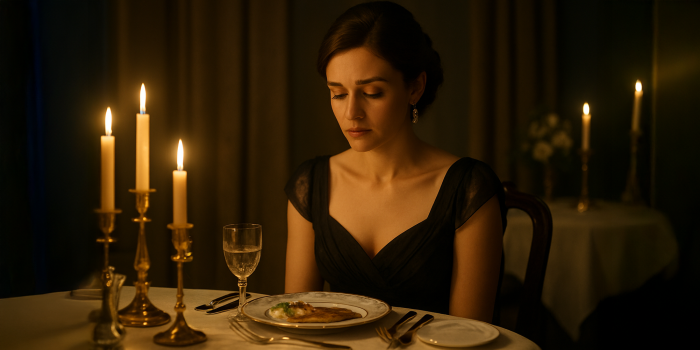As we prepare for our dialogue read-around in the August meeting, here’s one more approach to narrating interactions between characters. In addition to subtext, you can use the technique of silence.
Powerful moments take place when your character says nothing at all.
Think of a tense dinner table scene:
“You were with him again, weren’t you?”
She kept her eyes on her plate.
“Were you?”
The fork scraped against porcelain.
The absence of a reply is the reply. The silence tells the reader everything.
In real life, people pause, hesitate, trail off, or choose not to answer. Those moments carry weight: tension, longing, defiance.
In conversation, silence serves to slow the pace just enough to let the reader feel the undercurrent of the scene. It also allows the reader to fill in the blanks, drawing them further into the story.
Sometimes, action is dialogue. So let what the character does do the talking.
“Thank you for coming to see me.”
Eric glanced at his watch.
Of course, like any tool, the pause can lose its power if every character stares at length out the window anytime somebody says something. But when you use it strategically, it can say more than words.
Give it a try. Next time one character asks a direct question, let the other character answer with an action — in such a way that the reader knows exactly what the character is thinking or feeling.
- The Sound of Silence - August 16, 2025
- You Don’t Say - August 1, 2025
- As You Know, Bob - July 25, 2025

